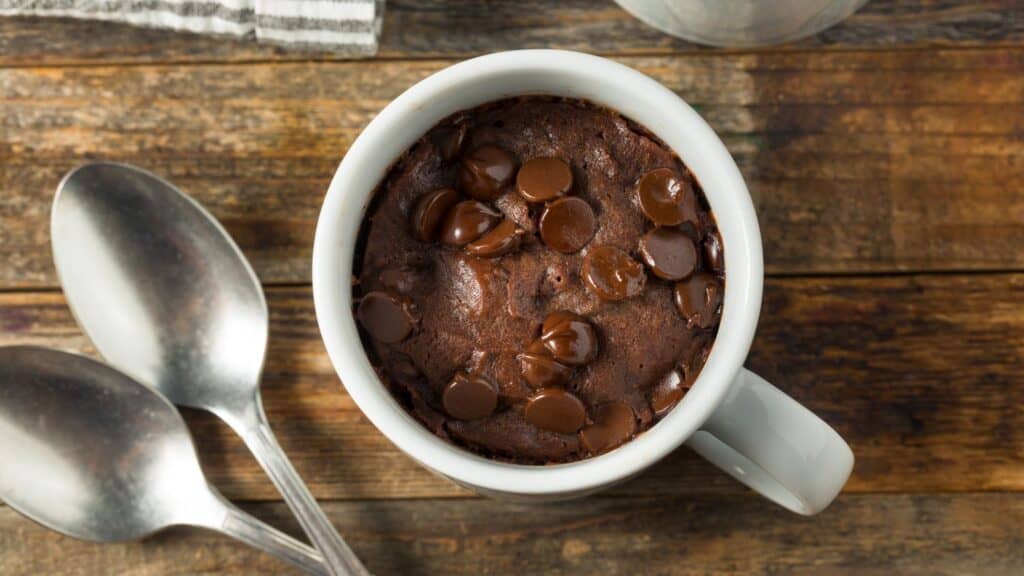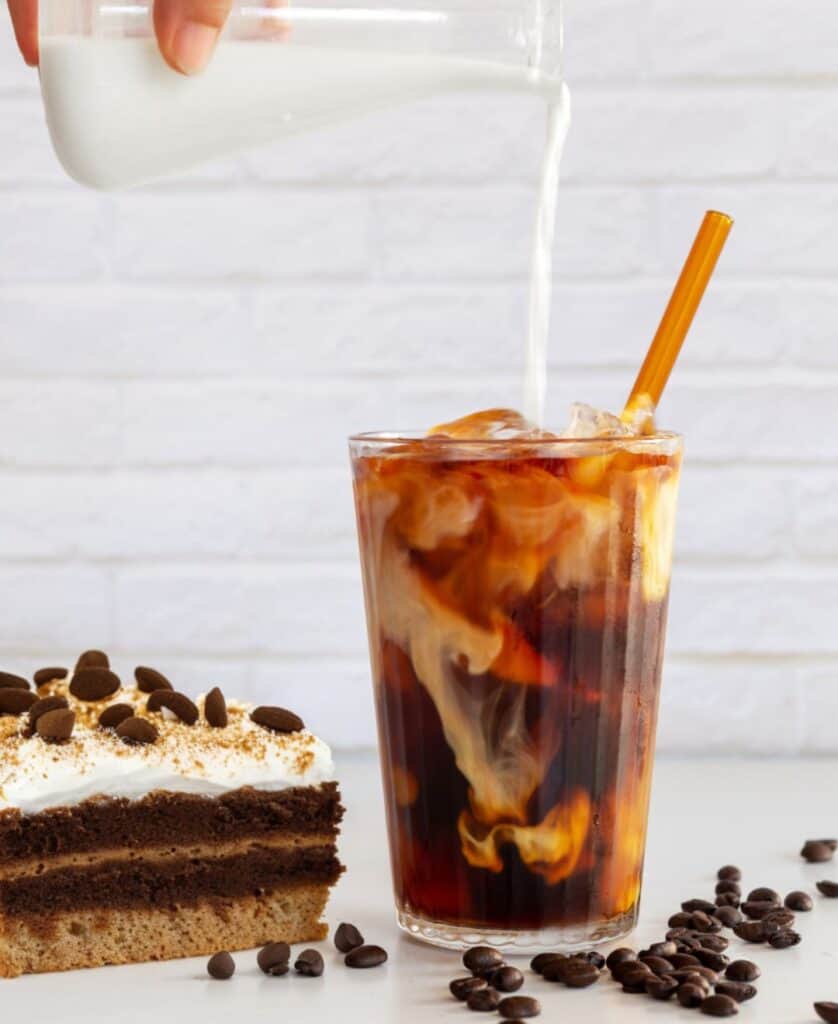Who doesn’t love dessert?
If we’re being honest, most of us probably love it a little more than we’d like to let on.
Still, there is nothing wrong with treating yourself from time to time, or all the time for that matter.
Dreamy, sweet flavours and decadent dessert profiles filling store shelves are nothing new, but the sheer number of new and innovative options is.
Of course, there is the reimagination of dessert favourites into new form factors like a brownie cup or a cookie dough made to be eaten with a spoon without the mess of baking.

Many of these novel delights are also either made to be plant-based or better-for-you with “cleaner” ingredients.
But then, beyond your standard vanillas, caramels, and chocolates, you have staple dessert dishes making the leap into trending flavour profiles.
Take birthday cake, for example. It went from being the best part of your childhood party and the perfect vessel for carrying wishes to the taste of your morning coffee or how you celebrate pushing yourself for one more rep and hitting your macros with a post-workout protein shake.
With countless other confections, seeing this same evolution from once-in-a-while sweet treats to any-time indulgent snacks and beverages, no dessert is off limits.
While there is no question that consumers want new and exciting ways to satisfy their sweet tooth, there are a lot of questions facing developers looking to deliver on this.
First and foremost, where to start?
Deconstructing Dessert – Ingredient, Flavor, or Both?
Let’s say you want to offer a tiramisu version of your product.
You’re not trying to reinvent the mascarpone masterpiece; you just want to bring that elegant mix of coffee, dairy, and subtly sugary biscuits to your snack or beverage.
For consumers, there’s nothing worse than getting excited over a new offering and only being let down when it misses the mark or tastes nothing like its namesake.

Whether you’re looking to create an experience that transports your consumer to a cafe overlooking the sun-soaked scenery of the Amalfi Coast, or just something new and delicious, people want authenticity.
What are the key elements they need to taste to be convinced this beverage tastes like Tiramisu?
The ingredient list is simple enough: Coffee, Cocoa, Cream, Mascarpone Cheese, an Eggy Custard, Liquor, and Lady Finger biscuits.
But do you really need to hit every one of these notes perfectly to get a “chef’s kiss” from your consumers? Not necessarily.
Achieving authenticity demands developers ask themselves, “What are the notes I need to hit?” and “What does my formulation need to hit these notes?”
Answering these questions starts by understanding your base and the ingredients you already have.

What notes are present?
Is it a coffee or dairy beverage? Maybe you’re using a plant-based milk that already has hints of cocoa.
To keep it simple, let’s continue with our tiramisu example and say it’s a functional plant-based beverage. There are already some of the bitter, earthy and brown notes you’d expect from coffee and cocoa and a pleasing creamy sweetness from the plant milk.
Understanding your foundation lets you know what you have to build upon and what you need to do that building.
Now comes the second question, “Does filling in the gaps in this profile require an ingredient or a flavour?”
Are you going to fill out the distinctive coffee notes with actual coffee, a coffee liquor, or a coffee flavour?
The same goes for cocoa.

In the case of our plant-based example, animal-based ingredients like egg, cream, and Mascarpone obviously can’t be the answer, but flavours can be part of the solution.
This is where understanding the key notes of a profile makes the difference between a winning product and an involuntary limited-time offer.
People don’t need it to taste like eggs, cream, and Mascarpone; they want it to taste like the combination of those ingredients in Tiramisu.
They want the fatty, fresh, slightly cultured, and subtle butteriness of the dairy ingredients mixed with the creamy vanilla and eggy undertones of the custard.
Oh, and they want that to work seamlessly with your base.
At Edlong, this is what we do.
Whether it’s cookies and cream, pana cotta, dulce de leche, cheesecake, or marshmallow and sweet potato pie, reaching a balanced and authentic profile collaboration with experienced partners is essential.
Our R&D team is filled with experts in deconstructing deliciousness and understanding all the components that go into making each flavour note.
The icing on the cake is that we’re even better at using that knowledge to build the perfect profile for your sweet treat.
About the Author: Emily Sheehan, Applications Manager, EMEA
Hi! I’m Emily Sheehan. I’m the Applications Manager, EMEA at Edlong, and my job is rooted in creating exciting new possibilities for our people and processes. It’s inspiring to reflect on how much Edlong has achieved and even more amazing to be involved in such thoughtful innovation. We enjoy pushing boundaries in food and flavour, and we welcome everyone in the food industry to join us. If you’re in need of expertise or inspiration, I’d love to collaborate and help you design flavour solutions that resonate with consumers!
Topics: Culinary indulgenceDairy flavorsDessertsPlant-Based
Resource Type: Article
Resource Region: EU
